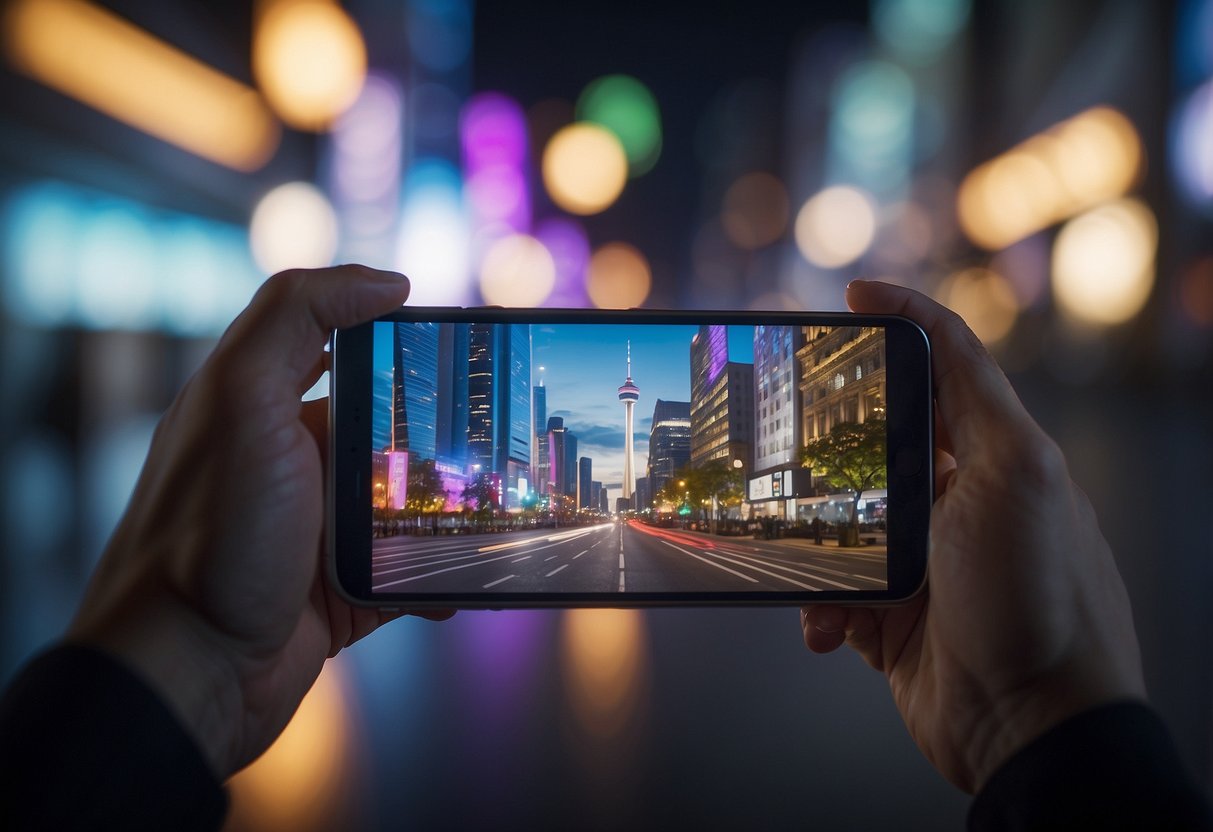
Augmented Reality (AR) is poised to revolutionize everyday life by seamlessly integrating digital elements into the physical world. AR has the potential to become mainstream, drastically changing how we interact with our surroundings and perform everyday tasks. From navigation aids that project directions onto streets to virtual fittings in retail stores, AR can enhance user experiences in a variety of contexts.
Widespread adoption of AR could bring about significant improvements in fields such as education, healthcare, and entertainment. Imagine students visualizing historical events in three dimensions or surgeons performing procedures with real-time data overlays. These applications illustrate how AR can provide practical benefits that extend beyond mere novelty.
As AR technology evolves, its integration into daily life will likely become more intuitive and effortless. Eyes will no longer be fixed on mobile screens, but instead on new AR interfaces, making interactions more natural and immersive. This shift signifies a move towards a future where the lines between digital and physical realities blur, offering endless possibilities for innovation and enhancement in our day-to-day experiences.
Evolution of Augmented Reality
The story of augmented reality (AR) showcases a fascinating journey marked by pioneering milestones, rapid technological advancements, and distinct pathways compared to virtual reality (VR). This exploration reveals how AR has transitioned from its rudimentary beginnings to its complex, revolutionary applications today.
Pioneering Milestones
AR’s history began in the late 1960s with the first head-mounted display system created by Ivan Sutherland, often referred to as the “Sword of Damocles.” His work paved the way for future researchers and developers. The 1990s saw significant contributions with the development of applications for the aerospace and industrial sectors. The term “augmented reality” itself was coined by Tom Caudell in 1990.
The early 2000s marked the emergence of mobile AR, thanks to the integration of AR into smartphones and tablets. The 2012 release of Google Glass popularized AR for consumers despite mixed reviews. Pokémon GO’s 2016 launch turned AR into a household concept, showcasing its potential for entertainment and interaction on a global scale.
Technological Advancements
Technological progress has dramatically enhanced AR’s capabilities over time. Improvements in hardware such as more advanced sensors, cameras, and processors have made AR experiences more seamless and immersive. AR software has also evolved, leveraging artificial intelligence and machine learning to provide more accurate and dynamic interactions with the real world.
Cloud computing has enabled more complex AR applications and services. Additionally, advancements in computer vision and spatial mapping have allowed for better recognition and overlay of virtual objects in real environments. These technological strides have expanded AR’s applications beyond entertainment to fields such as education, healthcare, real estate, and retail.
AR versus VR: Distinct Pathways
Though often mentioned together, AR and VR have distinct paths and applications. While VR creates an entirely virtual environment, AR enhances the real world with digital overlays. This fundamental difference has led to different use cases and market penetrations.
AR is often seen in mobile apps and smart glasses, blending digital content with the physical world for applications such as navigation, training, and gaming. In contrast, VR, with its fully immersive environments, finds strong use in gaming, simulations, and virtual tours. AR’s ability to augment physical spaces without fully detaching users from reality grants it unique potential to revolutionize everyday tasks and interactions.